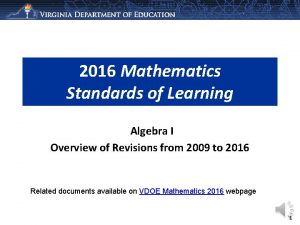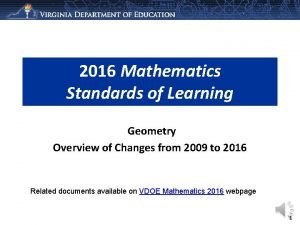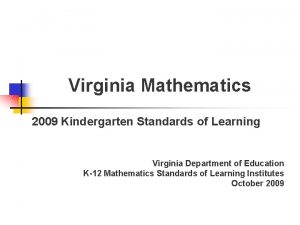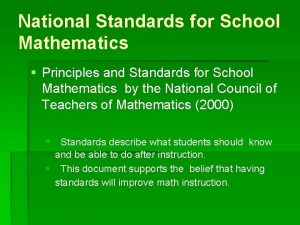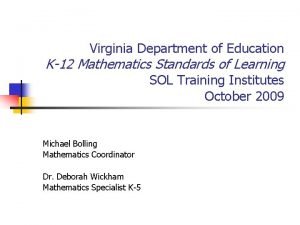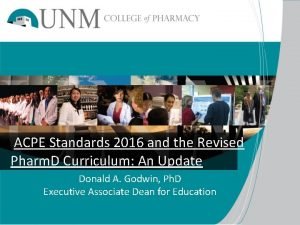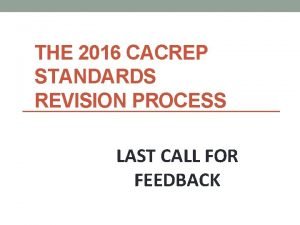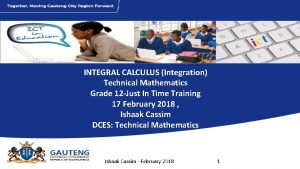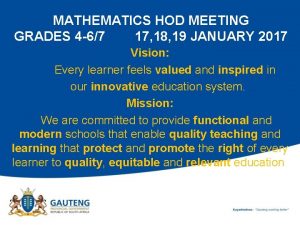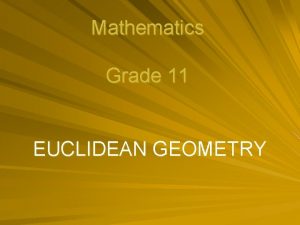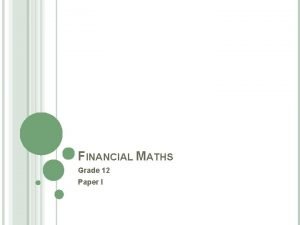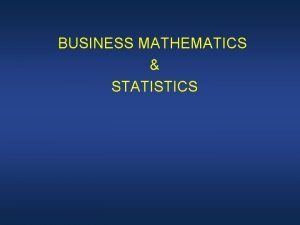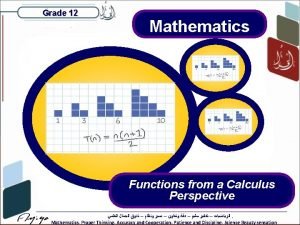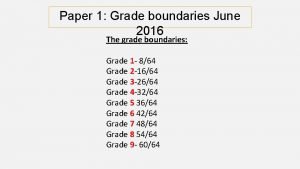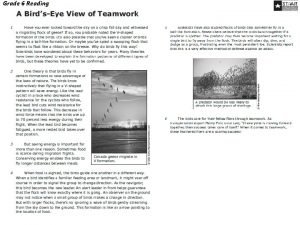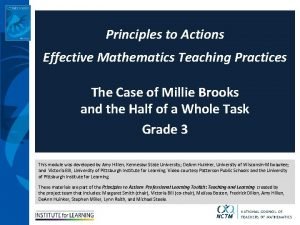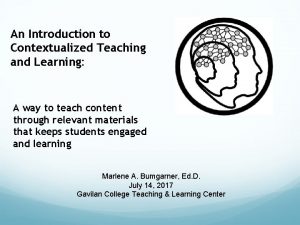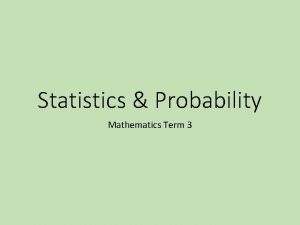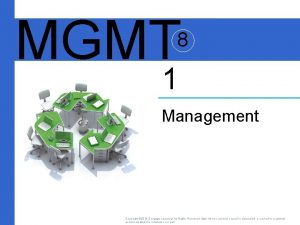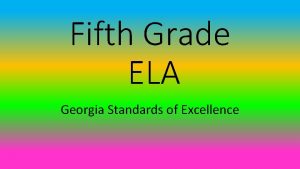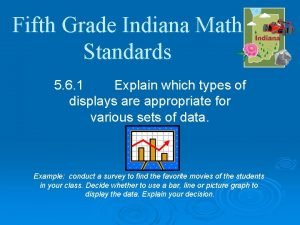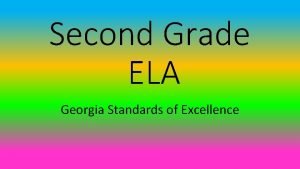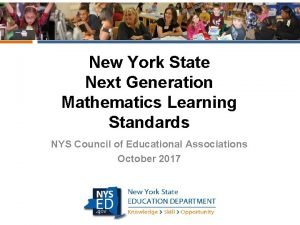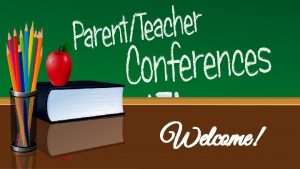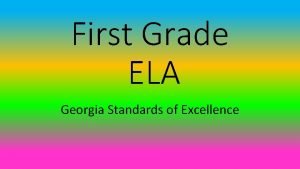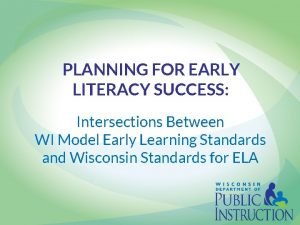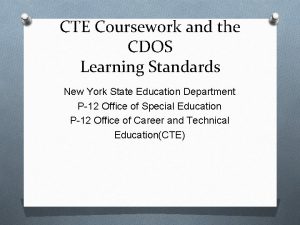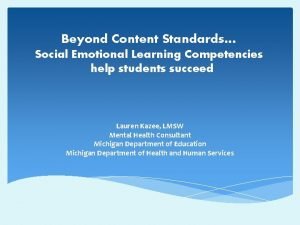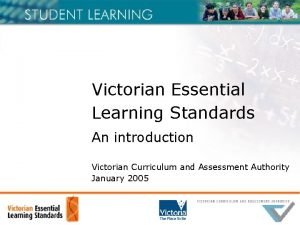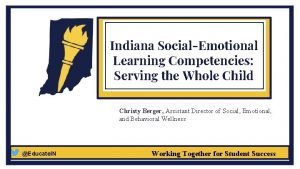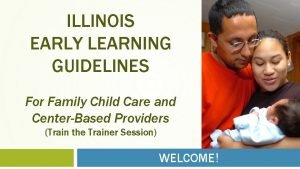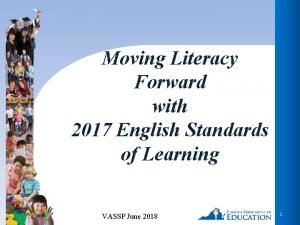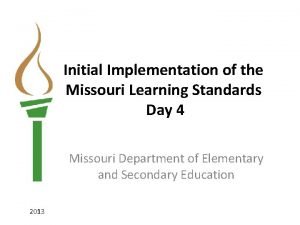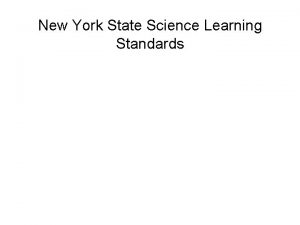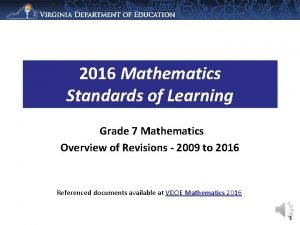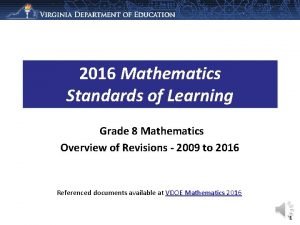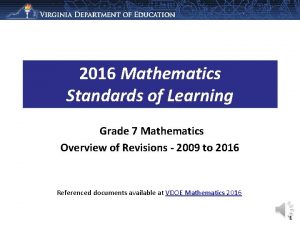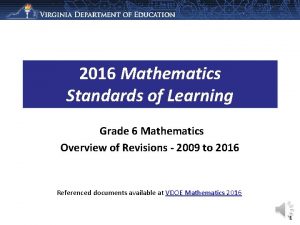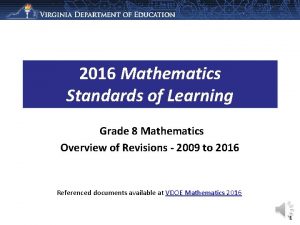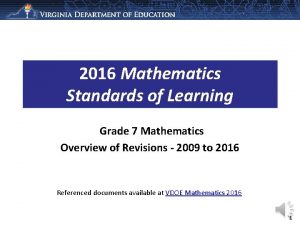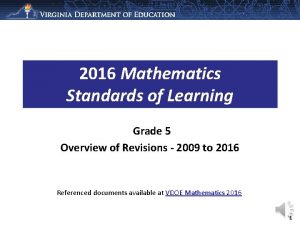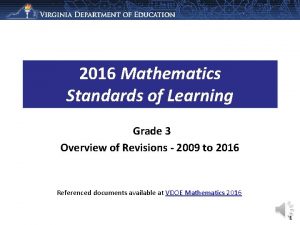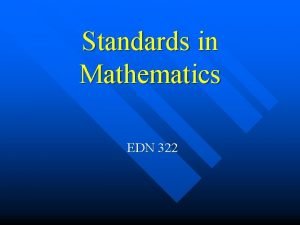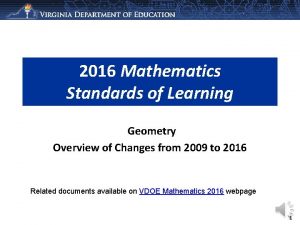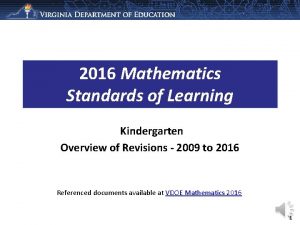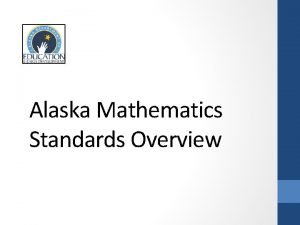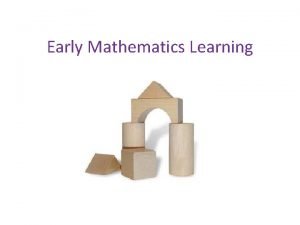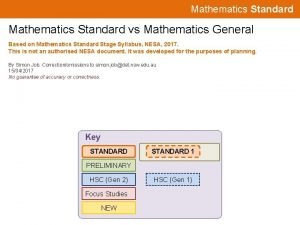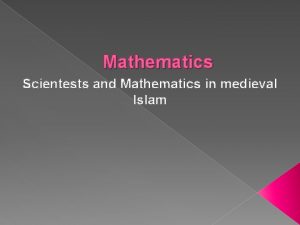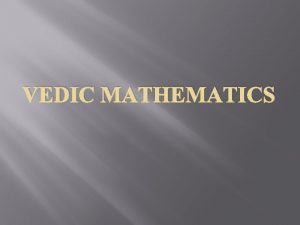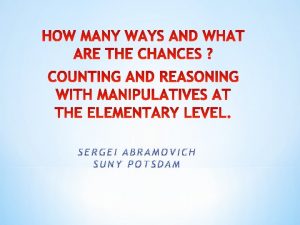2016 Mathematics Standards of Learning Grade 3 Overview






































- Slides: 38

2016 Mathematics Standards of Learning Grade 3 Overview of Revisions - 2009 to 2016 Referenced documents available at VDOE Mathematics 2016 1

Purpose • Overview of the 2016 Mathematics Standards of Learning and the Curriculum Framework • Highlight information included in the Essential Knowledge and Skills and the Understanding the Standard sections of the Curriculum Framework 2

Agenda • Implementation Timeline • Resources Currently Available – Crosswalk (Summary of Revisions) – Standards and Curriculum Frameworks • Comparison of 2009 to 2016 Standards – – – Number and Number Sense Computation and Estimation Measurement and Geometry Probability and Statistics Patterns, Functions, and Algebra 3

Implementation Timeline 2016 -2017 School Year – Curriculum Development VDOE staff provides a summary of the revisions to assist school divisions in incorporating the new standards into local written curricula for inclusion in the taught curricula during the 2017 -2018 school year. 2017 -2018 School Year – Crossover Year 2009 Mathematics Standards of Learning and 2016 Mathematics Standards of Learning are included in the written and taught curricula. Spring 2018 Standards of Learning assessments measure the 2009 Mathematics Standards of Learning and include field test items measuring the 2016 Mathematics Standards of Learning. 2018 -2019 School Year – Full-Implementation Year Written and taught curricula reflect the 2016 Mathematics Standards of Learning assessments measure the 2016 Mathematics Standards of Learning. 4

2016 SOL Revisions – • Improve the vertical progression of mathematics content • Ensure developmental appropriateness of student expectations • Increase support for teachers in mathematics content (including definitions, explanations, examples, and instructional connections) • Clarify expectations for teaching and learning • Improve precision and consistency in mathematical vocabulary and format • Ensure proficiency of elementary students in computational skills 5

Changes to the Curriculum Framework • Reduction of columns from 3 to 2 – Understanding the Standard (US) – information that supports mathematics content knowledge – Essential Knowledge and Skills (EKS) – information that provides expectations for student learning • Indicators of SOL sub-bullet added to each bullet within the Essential Knowledge and Skills 6

7

Overview of Revisions in Grade 3 2009 Strand 2016 # of Standards Number and Number Sense 3 2 Number and Number Sense Computation and Estimation 4 3 Computation and Estimation Measurement 5 4 2 8 Measurement and Geometry 2 Probability and Statistics 2 2 Patterns, Functions, and Algebra 20 17 Geometry Probability and Statistics Patterns, Functions, and Algebra Total Strand Total 8

Mathematics Process Goals for Students “The content of the mathematics standards is intended to support the five process goals for students” - 2009 and 2016 Mathematics Standards of Learning Communication Connections Problem Solving Representations Mathematical Understanding Reasoning 9

Standards of Learning Curriculum Frameworks Introduction includes: • Mathematical Process Goals for Students • Instructional Technology • Computational Fluency New • Algebra Readiness • Equity 10

2016 2009 11

12

NUMBER AND NUMBER SENSE 13

2009 SOL 3. 1 The student will a) read and write six-digit numerals and identify the place value and value of each digit; b) round whole numbers, 9, 999 or less, to the nearest ten, hundred, and thousand; and c) compare two whole numbers between 0 and 9, 999, using symbols (>, <, or =) and words (greater than, less than, or equal to). [Symbols and words included in EKS] 2016 SOL 3. 1 The student will a) read, write, and identify the place and value of each digit in a six-digit whole number, with and without models; b) round whole numbers, 9, 999 or less, to the nearest ten, hundred, and thousand; and c) compare and order whole numbers, each 9, 999 or less. Revisions: • 3. 1 a EKS - Represent numbers in multiple ways, with and without models • 3. 1 c New - Ordering numbers (limited to three whole numbers each 9, 999 or less) • 3. 1 c – Use of symbols and words moved to EKS 14

2009 SOL 2016 SOL 3. 2 The student will recognize and use the inverse relationships between addition/subtraction and multiplication/division to complete basic fact sentences. The student will use these relationships to solve problems. [Addition/subtraction included in 2. 5; multiplication/division moved to 3. 4 EKS] Revisions: • Recognizing and using inverse relationships between multiplication and division are now located in 3. 4 EKS • Recognizing and using inverse relationships between addition and subtraction removed 15

2009 SOL 2016 SOL 3. 3 The student will a) name and write fractions (including mixed numbers) represented by a model; b) model fractions (including mixed numbers) and write the fractions’ names; and c) compare fractions having like and unlike denominators, using words and symbols (>, <, or =). 3. 2 The student will a) name and write fractions and mixed numbers represented by a model; b) represent fractions and mixed numbers, with models and symbols; and c) compare fractions having like and unlike denominators, using words and symbols (>, <, =, or ≠), with models. Revisions: • 3. 2 New EKS – Identify a fraction represented by a model as the sum of unit fractions; use a model of a fraction greater than one to count the fractional parts to name and write it as an improper fraction • 3. 2 ab – Clarification - fractions include proper, improper, and mixed numbers 16

COMPUTATION AND ESTIMATION 17

2009 SOL 2016 SOL 3. 4 The student will estimate solutions to and solve 3. 3 The student will single-step and multistep problems involving the a) estimate and determine the sum or difference of two whole numbers, each two whole numbers; and 9, 999 or less, with or without regrouping. b) create and solve single-step and multistep practical problems involving sums or differences of two whole numbers, each 9, 999 or less. Revisions: • 3. 3 b – Create single-step and multistep practical problems for addition and subtraction • 3. 3 EKS – Apply strategies, including place value and the properties of addition, when adding and subtracting whole numbers 18

2009 SOL 2016 SOL 3. 5 The student will recall multiplication facts through the twelves table, and the corresponding division facts. [Demonstrate fluency with facts for 0, 1, 2, 5, 10 moved to 3. 4 c and recall of facts 12 x 12 moved to 4. 4 a] 3. 4 The student will a) represent multiplication and division through 10 × 10, using a variety of approaches and models; [Moved from 3. 6] b) create and solve single-step practical problems that involve multiplication and division through 10 × 10; [Create and solve multiplication moved from 3. 6; create and solve with division is a new expectation. ] c) demonstrate fluency with multiplication facts of 0, 1, 2, 5, and 10; and d) solve single-step practical problems involving multiplication of whole numbers, where one factor is 99 or less and the second factor is 5 or less. [Moved from 3. 6] 3. 6 The student will represent multiplication and division, using area, set, and number line models, and create and solve problems that involve multiplication of two whole numbers, one factor 99 or less and the second factor 5 or less. [Moved to 3. 4 a and 3. 4 d] Revisions: • 3. 4 a – Represent multiplication and division, using a variety of approaches and models • 3. 4 b – New - Create and solve single-step practical problems that involve division • 3. 4 EKS – Apply strategies, including place value and the properties of addition and/or multiplication when multiplying and dividing whole numbers • 3. 4 c – Demonstrate fluency limited to multiplication facts of 0, 1, 2, 5, and 10; Recall of facts to 12 x 12 moved to 4. 4 a 19

2009 SOL 2016 SOL 3. 7 The student will add and subtract proper fractions having like denominators of 12 or less. 3. 5 The student will solve practical problems that involve addition and subtraction with proper fractions having like denominators of 12 or less. Revisions: • 3. 5 – Clarification - solve practical problems that involve addition and subtraction with proper fractions having like denominators of 12 or less 20

MEASUREMENT AND GEOMETRY 21

2009 SOL 3. 8 The student will determine, by counting, the value of a collection of bills and coins whose total value is $5. 00 or less, compare the value of the bills and coins, and make change. 2016 SOL 3. 6 The student will a) determine the value of a collection of bills and coins whose total value is $5. 00 or less; b) compare the value of two sets of coins or two sets of coins and bills; and c) make change from $5. 00 or less. Revisions: • Skills represented in separate 3. 6 bullets a, b, c 22

2009 SOL 2016 SOL 3. 9 The student will estimate and use U. S. Customary and metric units to measure a) length to the nearest inch, foot, yard, centimeter, and meter; b) liquid volume in cups, pints, quarts, gallons, and liters; c) weight/mass in ounces, pounds, grams, and kilograms; [Included in 4. 8 b] and d) area and perimeter. [Moved to 3. 8 ab] Revisions: • 3. 9 c – Measure weight/mass [Included in 4. 8 b] • 3. 9 d – Moved to 3. 8 ab 23

2009 SOL 2016 SOL 3. 10 The student will 3. 8 The student will estimate and [Estimate moved a) measure the distance around a polygon in order from 3. 9 d EKS] to determine perimeter; and a) measure the distance around a polygon in order b) count the number of square units needed to to determine its perimeter using U. S. Customary cover a given surface in order to determine area. and metric units [Using U. S. Customary and [Moved to 3. 8 b] metric units moved from 3. 9 d EKS]; and b) count the number of square units needed to cover a given surface in order to determine its area. Revisions: • 3. 8 a – Estimate and use U. S. Customary and metric units [Moved from 3. 9 d EKS] 24

2009 SOL 2016 SOL 3. 11 The student will 3. 9 The student will a) tell time to the nearest minute, using analog and digital clocks; b) determine elapsed time in one-hour increments b) solve practical problems related to elapsed time over a 12 -hour period. in one-hour increments within a 12 -hour period; and c) identify equivalent periods of time and solve 3. 12 The student will identify equivalent periods of practical problems related to equivalent periods time, including relationships among days, months, of time. [Moved from 3. 12] and years, as well as minutes and hours. [Moved to 3. 9 c] Revisions: • 3. 9 c EKS – Clarification - solve practical problems in relation to equivalent periods of time (e. g. number of days in 4 weeks, number of months in 2 years) 25

2009 SOL 3. 13 The student will read temperature to the nearest degree from a Celsius thermometer and a Fahrenheit thermometer. Real thermometers and physical models of thermometers will be used. 2016 SOL 3. 10 The student will read temperature to the nearest degree. Revisions: • Types of thermometers included in EKS 26

2009 SOL 2016 SOL 3. 14 The student will identify, describe, compare, and contrast characteristics of plane and solid geometric figures (circle, square, rectangle, triangle, cube, rectangular prism, square pyramid, sphere, cone, and cylinder) by identifying relevant characteristics, including the number of angles, vertices, and edges, and the number and shape of faces, using concrete models. [Moved to 4. 11] Revisions: • 3. 14 – Moved to 4. 11 27

2009 SOL 3. 15 The student will identify and draw representations of points, line segments, rays, angles, and lines. 2016 SOL 3. 11 The student will identify and draw representations of points, line segments, rays, and angles. Revisions: • 3. 11 EKS – Clarification - describe endpoints and vertices as they relate to lines, line segments, rays, and angles 28

2009 SOL 2016 SOL New 3. 12 The student will a) define polygon; [Moved from 4. 12 a] b) identify and name polygons with 10 or fewer sides; and [Moved from 4. 12 b] c) combine and subdivide polygons with three or four sides and name the resulting polygon(s). Revisions: • 3. 12 a – Define a polygon [Moved from 4. 12 a] • 3. 12 b – Identify and name polygons with 10 or fewer sides [Moved from 4. 12 b] • 3. 12 c – Combine and subdivide polygons with three or four sides and name resulting polygon(s) 29

2009 SOL 2016 SOL 3. 16 The student will identify and describe congruent 3. 13 The student will identify and describe congruent and noncongruent plane figures. and noncongruent figures. Revisions: • No significant change 30

PROBABILITY AND STATISTICS 31

2009 SOL 2016 SOL 3. 17 The student will a) collect and organize data, using observations, measurements, surveys, or experiments; [Process included in 3. 15 EKS] b) construct a line plot, a picture graph, or a bar graph to represent the data; and [Line plot moved to 5. 16; construct graphs moved to 3. 15 a] c) read and interpret the data represented in line plots, bar graphs, and picture graphs and write a sentence analyzing the data. [Line plots moved to 5. 16; interpret bar graphs and picture graphs moved to 3. 15 b] Revisions: • 3. 17 abc – Collecting data, constructing and interpreting picture graphs and bar graphs moved to 3. 15 ab • Line plots moved to 5. 16 32

2009 SOL 2016 SOL 3. 18 The student will investigate and describe the 3. 14 The student will investigate and describe the concept of probability as chance and list possible concept of probability as a measurement of results of a given situation. chance and list possible outcomes for a single event. Revisions: • 3. 14 EKS – Number of outcomes limited to 12 33

2009 SOL 2016 SOL 3. 15 The student will a) collect, organize, and represent data in pictographs or bar graphs; and b) read and interpret the data represented in pictographs and bar graphs. [Moved from 3. 17 abc] Revisions: • 3. 15 ab – Moved from 3. 17 abc 34

PATTERNS, FUNCTIONS, AND ALGEBRA 35

2009 SOL 3. 19 The student will recognize and describe a variety of patterns formed using numbers, tables, and pictures, and extend the patterns, using the same or different forms. 2016 SOL 3. 16 The student will identify, describe, create, and extend patterns found in objects, pictures, numbers, and tables. Revisions: • 3. 16 New EKS – Solve problems that involve the application of input and output rules (limited to addition and subtraction of whole numbers) • 3. 16 New EKS – Given the rule, determine the missing values in a list or table (rules limited to addition and subtraction of whole numbers) 36

2009 SOL 3. 20 The student will a) investigate the identity and the commutative properties for addition and multiplication; and b) identify examples of the identity and commutative properties for addition and multiplication. [Use of properties moved to 3. 4 EKS and 3. 5 EKS] 2016 SOL 3. 17 The student will create equations to represent equivalent mathematical relationships. [Moved from 3. 20 EKS] Revisions: • Identification of properties removed; application of properties moved to 3. 4 EKS and 3. 5 EKS 37

Questions? Please contact the VDOE Mathematics Team Mathematics@doe. virginia. gov 38
 Algebra 1 sol standards
Algebra 1 sol standards 2016 mathematics standards of learning
2016 mathematics standards of learning Virginia kindergarten standards
Virginia kindergarten standards Principles and standards for school mathematics
Principles and standards for school mathematics Vdoe vertical articulation
Vdoe vertical articulation Acpe standards 2016
Acpe standards 2016 2016 cacrep standards
2016 cacrep standards Cuadro comparativo de e-learning
Cuadro comparativo de e-learning Antiderivative class 12
Antiderivative class 12 Diagnostic analysis template
Diagnostic analysis template Euclidean geometry grade 11 practice test
Euclidean geometry grade 11 practice test Financial mathematics grade 12 question papers
Financial mathematics grade 12 question papers Business math module 3
Business math module 3 Mathematics functions grade 12
Mathematics functions grade 12 When your child leaves home poem
When your child leaves home poem Staar grade 6 reading 2016 released
Staar grade 6 reading 2016 released Eylf meaning
Eylf meaning Establish mathematics goals to focus learning
Establish mathematics goals to focus learning Contextualized learning materials in mathematics
Contextualized learning materials in mathematics Learning intentions and success criteria for mathematics
Learning intentions and success criteria for mathematics 2016 cengage learning
2016 cengage learning Factors determining service standards
Factors determining service standards 5th grade writing standards georgia
5th grade writing standards georgia Indiana 3rd grade math standards
Indiana 3rd grade math standards 2nd grade gse ela standards
2nd grade gse ela standards Next gen math standards
Next gen math standards Oklahoma state standards
Oklahoma state standards Elagse
Elagse Wisconsin model early learning standards
Wisconsin model early learning standards Nys cdos standards
Nys cdos standards Social emotional learning standards michigan
Social emotional learning standards michigan Victorian essential learning standards
Victorian essential learning standards Social emotional learning standards nj
Social emotional learning standards nj Indiana sel competencies
Indiana sel competencies Illinois early learning guidelines
Illinois early learning guidelines Social emotional learning washington state
Social emotional learning washington state 2017 english standards of learning curriculum framework
2017 english standards of learning curriculum framework How to write missouri learning standards
How to write missouri learning standards New york state learning standards science
New york state learning standards science
